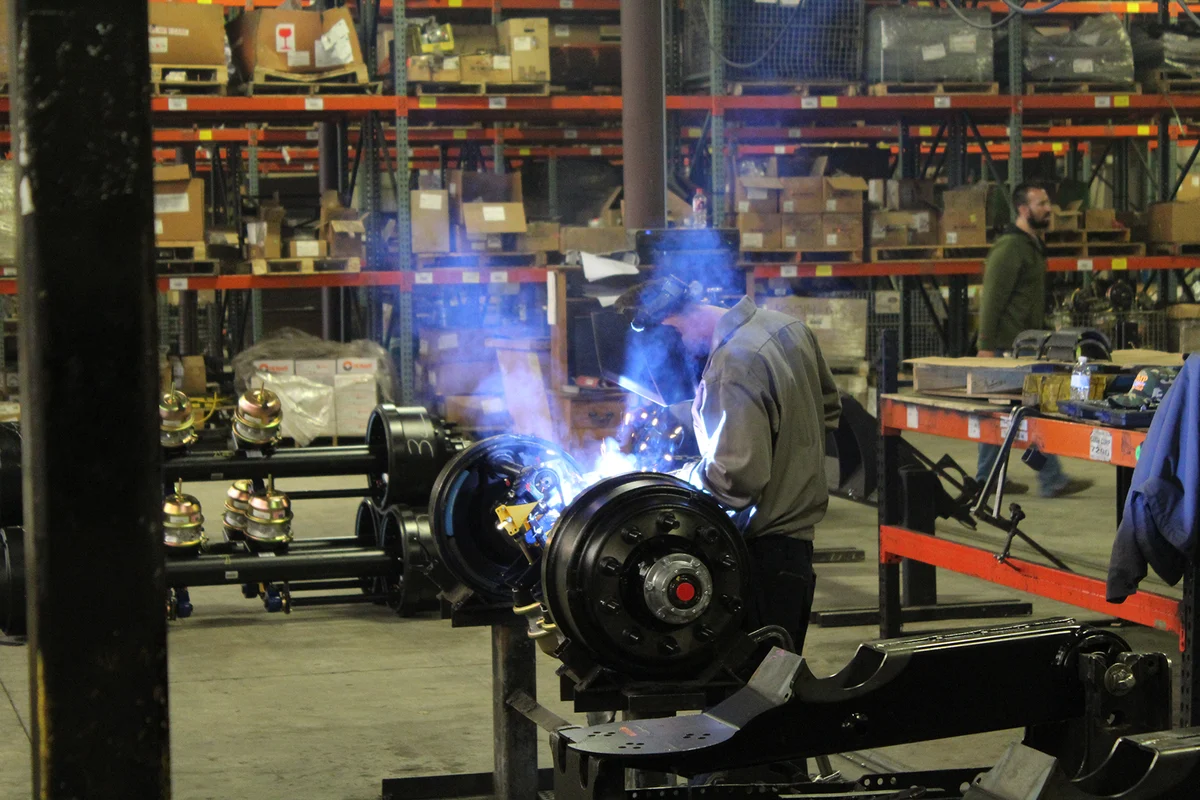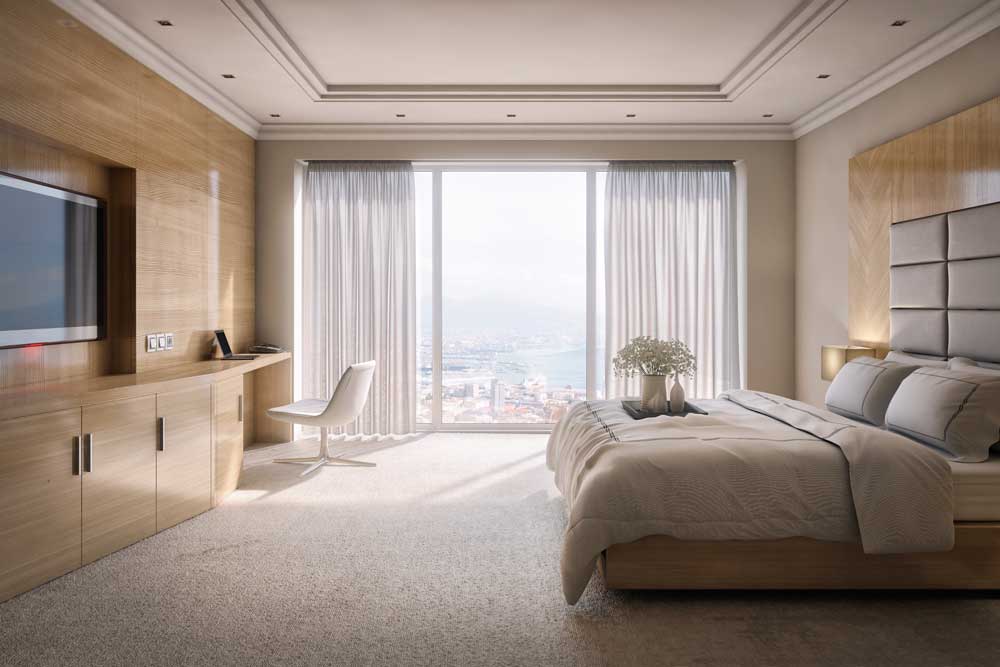The Customer’s Challenge
WJ Higgins had a long-standing customer who expressed a need for a quicker and more innovative methodology for the design and manufacturing of their construction components. As a result of their customer’s necessity, WJ Higgins began to examine what of their current design and manufacturing procedures might be changed or upgraded in ways that could enhance their ability to both accelerate and produce more advanced deliverables for their customer.
Considering their long-term “tried and true” processes and design tools, they consulted with Team D3, seeking assistance in identifying more efficient ways of leveraging their Autodesk software tools. “Glass envelope systems” are often used for much of the exterior façade of high-rise building structures. Since the “glass envelope systems” are the most challenging and intricate parts of the construction of skyscrapers, the “envelope systems” became the litmus test by which proposed design process changes would be evaluated.
The “glass envelope systems” are especially challenging structural elements for several reasons:
- Each of the panels of glass needs to be uniquely designed and fabricated, taking into consideration the entire external building facade.
- The manufactured assemblies need to integrate into equally complex construction assemblages, which highlighted the need for a more robust form of team collaboration among all the project stakeholders and construction participants, including architects, general contractors, subcontractors, and more.
- Changes from the architect or other project members could mean going as far back as the beginning stages of design, which could result in significant cost impact, lost team man-hours, or wasted materials.
The Project Goals
The primary goal was to be able to provide customers with highly efficient input and outputs in an accelerated time period.
Additional goals were:
- An “automated 3D model” with user inputs to modify key characteristics of the model.
- A complete Bill of Material (BOM) with all described parts and pieces that could be exported to Excel for further manipulation.
- An “automated drawing package” formatted to the customer’s specifications.
- 3D solid models of the parts for final customer fabrication.
- A comprehensive collaboration system that would allow for real-time communication and data sharing among all project team members involved in the design, fabrication, and construction, including onsite construction and remote team members.
The Solution
To accomplish the client’s business objectives, Team D3 proposed a “top-down” design method, where primary sizing and configuration of the wall units are controlled from the top assembly level using iLogic and iLogic forms. To manage the anticipated higher degree of customization WJ Higgins expected to encounter, Team D3 also implemented a sub-assembly structure for each primary window unit, allowing them to be substituted and/or modified easily. Included was an automated drawing package and an automated BOM. Finally, all outputs in the solution are tied together and formulated using custom iLogic design rules.
The Business Outcome
Team D3 formulated a comprehensive solution that gave WJ Higgins a fully integrated process with interrelated iLogic automation, ensuring an efficient and highly accurate process. They now innovate, design, change, and fabricate in a 3D environment where the models are highly configurable and can be generated very quickly. The customer can now produce a new, fully detailed glass envelope system in less time, with confidence that the design project will be accurate because of the built-in design rules that provide a constant set of design checks and balances.
Team D3 also worked with WJ Higgins to move them from AutoCAD to an industrialized design, fabrication, and construction sequence, including Inventor for design and fabrication details of each glass envelope system. The Inventor files are then migrated to Autodesk Revit and finally introduced to Autodesk BIM Collaborate Pro as part of the primary overarching project. Not only will WJ Higgins be able to satisfy their customers’ requirements, but they will save significant time in the design process and engineering change orders with improved transparency in overall collaboration for all stakeholders on the project through cloud interaction.
Conclusion
WJ Higgins, through the implementation of a new automated 3D design tool and procedure, will continue to realize time and monetary savings. They can now produce a complete and comprehensive set of deliverables to their customers in a greatly abbreviated time. Historically, using a longstanding 2D design tool with little or no automation in the production of a complete set of deliverables required, on average, 3 hours. Now they can consistently generate a much more robust set of design, fabrication, and drawing package outputs for the customer in less time. That ensures consistent “on-time” delivery to their customers and enables them to apply large amounts of saved design and production time to additional business throughput.




